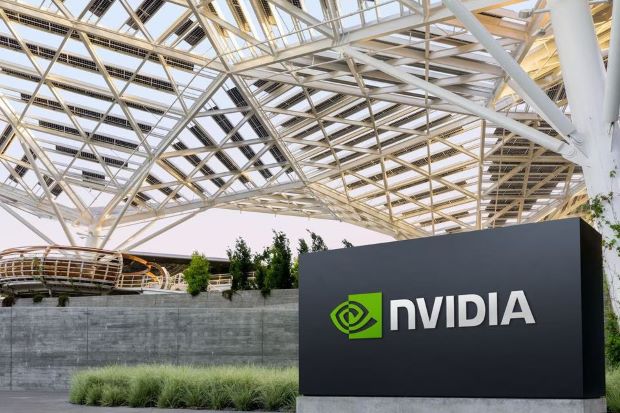By Bernhard Warner
WASHINGTON – Shares in the chipmaker Nvidia soared more than 20% Thursday (25), after the company delivered a knockout quarterly sales outlook powered by demand for the processors that run artificial intelligence systems.
“We’re seeing incredible orders to retool the world’s data centres,” Jensen Huang, Nvidia’s CEO, told analysts Wednesday (24) on a conference call.
Nvidia’s chips are used to power AI systems; demand for the chips jumped during the boom in cryptocurrency, whose systems also rely on their processing power. At the close of trading Wednesday, Nvidia’s market capitalization hit $755 billion, the fifth-highest public valuation in the United States. On Thursday, the company was closing in on the trillion-dollar club.
The AI rally has also lifted other chip stocks, including those for AMD, ASML and Taiwan Semiconductor Manufacturing Co. Since the introduction of the ChatGPT chatbot in November, the buzz around AI has intensified, making companies at the forefront of the technology, such as Microsoft, Google and Nvidia, a popular pick among investors.
The rise in Nvidia’s shares has also propelled the entire market higher, with its surge Thursday enough to move the S&P 500-stock index up by about half a percent.
Nvidia’s shares have more than doubled in 2023 even as concerns of a budding microchip war between Washington and Beijing hangs over the sector.
But analysts disagree on how long the rally will last. Michael Hartnett of Bank of America called the rise the start of a “baby bubble.” On the other hand, researchers at Goldman Sachs said tools built on AI could help bolster the global economy by $7 trillion.
Demand for Nvidia’s chips is increasing amid calls for greater oversight of AI technology. After meeting with top European Union officials Wednesday, Sundar Pichai, the CEO of Alphabet, promised that Google would work with others to develop AI services responsibly.
And starting in July, New York will require companies that use AI for job recruitment to inform the candidates, under a new law that is being closely watched by labour advocates.
-New York Times



Comments are closed, but trackbacks and pingbacks are open.